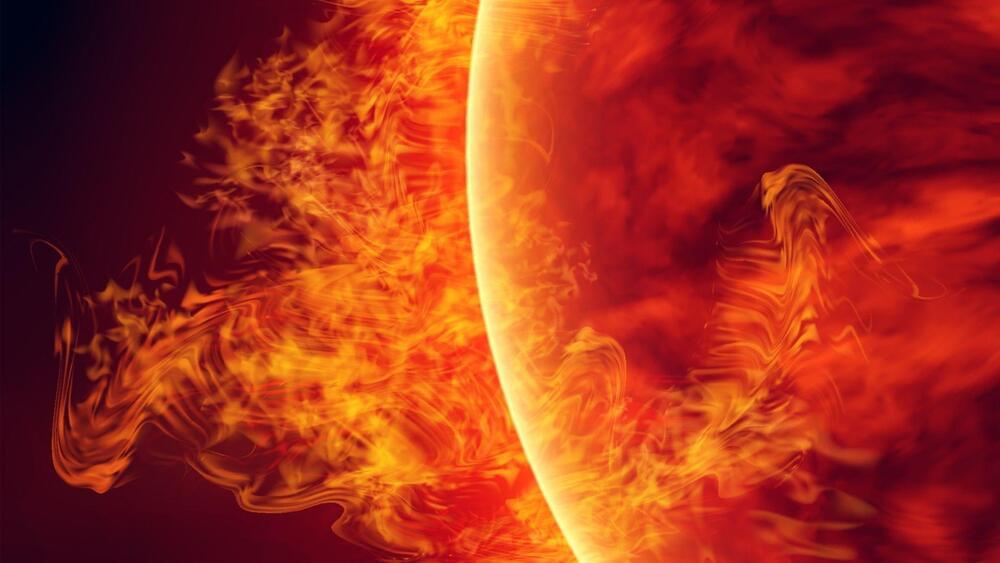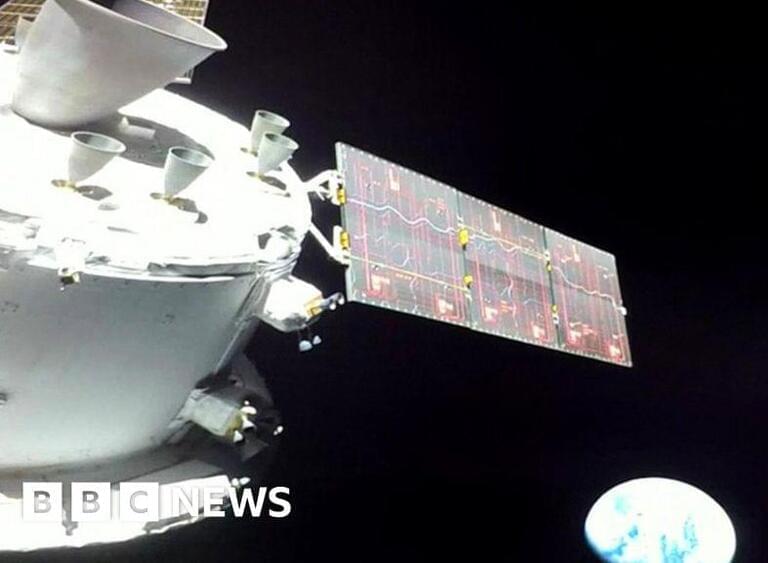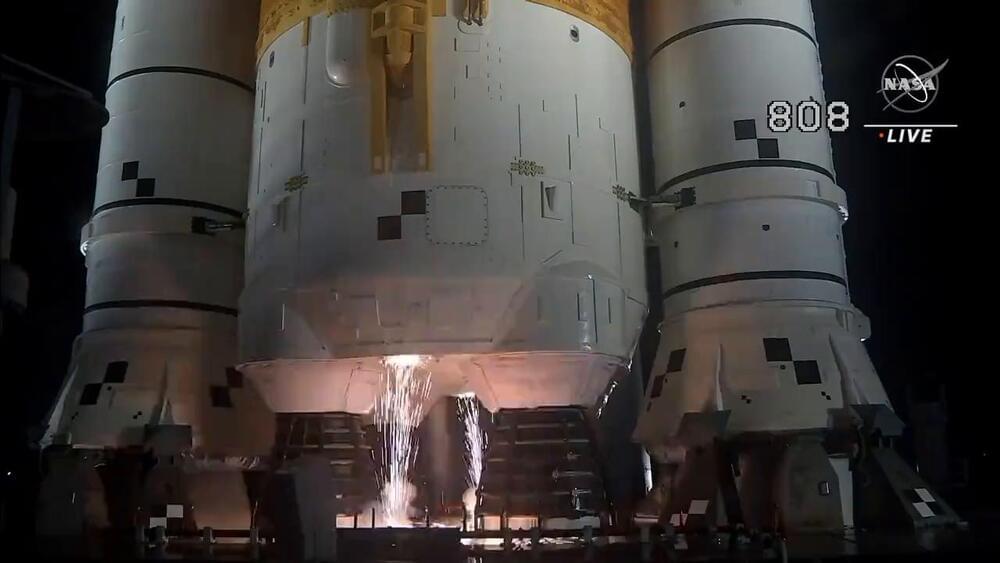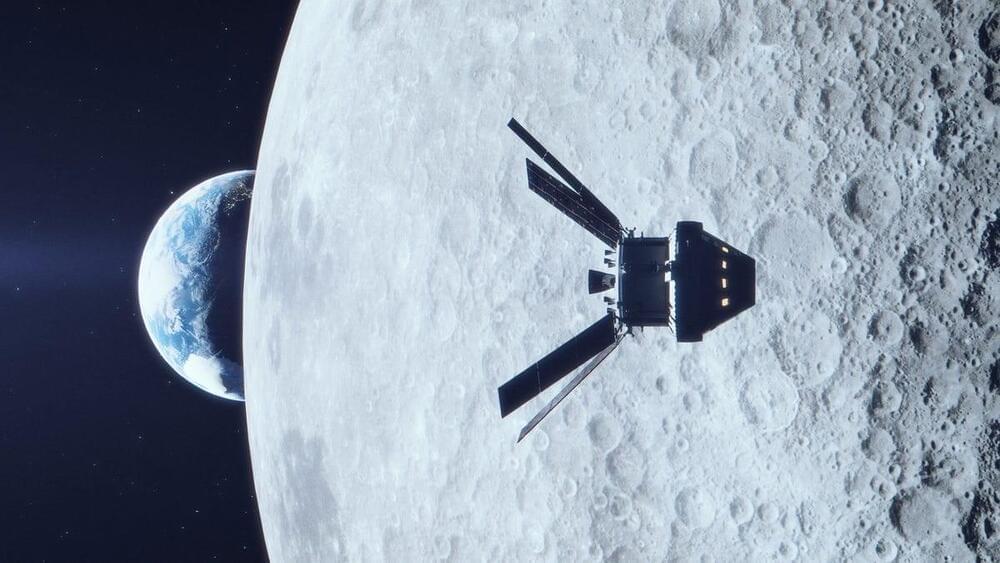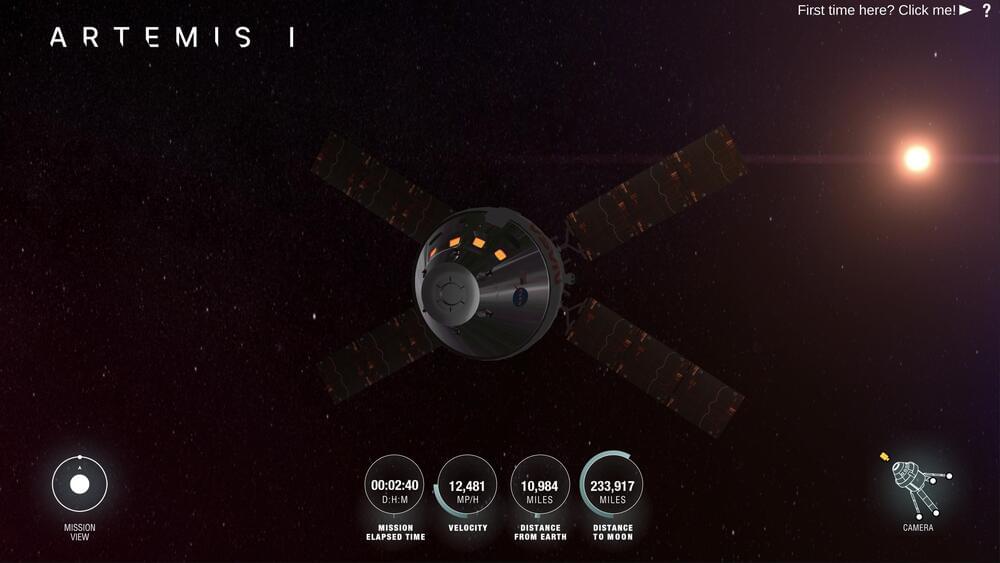NASA officials say Artemis 1 mission teams are “giddy” after witnessing how well their Orion spacecraft has been performing so far on its way towards lunar orbit.
Artemis 1 launched at 1:47 a.m. EST (0647 GMT) on Nov. 16, blasting off from Kennedy Space Center in Florida in a spectacular display of the sheer power of NASA’s Space Launch System (SLS) rocket. The Orion spacecraft reached Earth orbit shortly after, and then at 87 minutes after launch performed a so-called Trans Lunar Injection burn to send it hurtling towards the moon. On Monday (Nov. 21), Orion performed another burn to send the spacecraft close enough to the lunar surface to leverage the moon’s gravity to pull the spacecraft around the moon into a distant retrograde lunar orbit.

